The V&A has an unparalleled collection of hundreds of works by John Constable (1776–1837), but hardly anyone seems to know about them. This is perhaps because they’re usually kept on an upper floor of the Henry Cole Wing, rather off the beaten track for most visitors.
This new exhibition gives us the chance to examine the V&A’s treasures, but because it has been installed in the extensive suite of galleries usually reserved for big survey shows, such as Art Deco or Modernism, a great deal of other material is also required to fill the space.
Already a subscriber? Log in
Subscribe for just $2 a week
Try a month of The Spectator Australia absolutely free and without commitment. Not only that but – if you choose to continue – you’ll pay just $2 a week for your first year.
- Unlimited access to spectator.com.au and app
- The weekly edition on the Spectator Australia app
- Spectator podcasts and newsletters
- Full access to spectator.co.uk
Unlock this article
You might disagree with half of it, but you’ll enjoy reading all of it. Try your first month for free, then just $2 a week for the remainder of your first year.

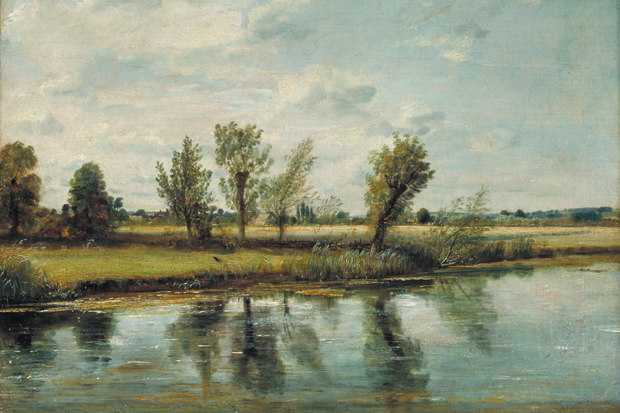
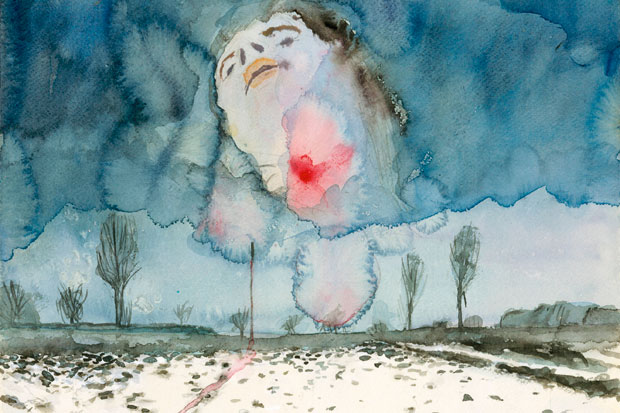
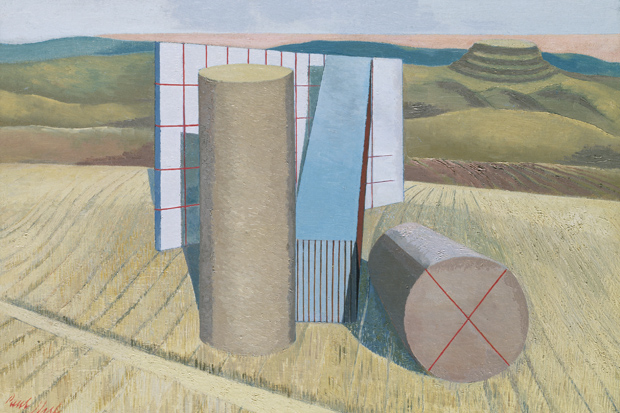
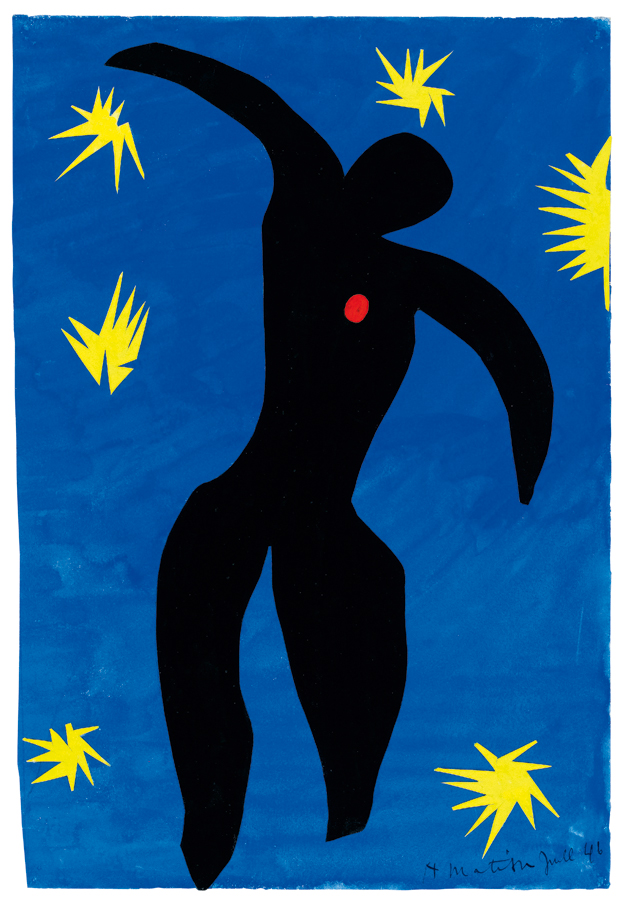
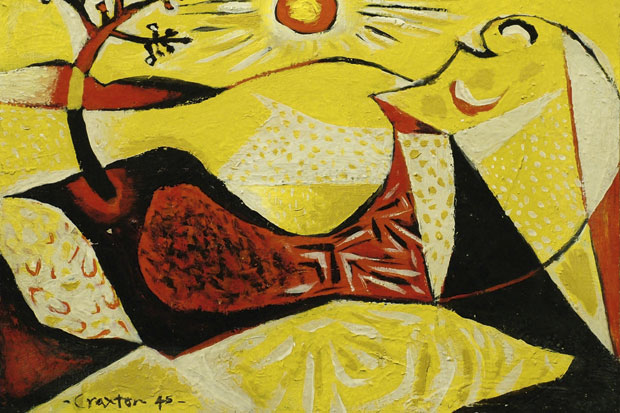
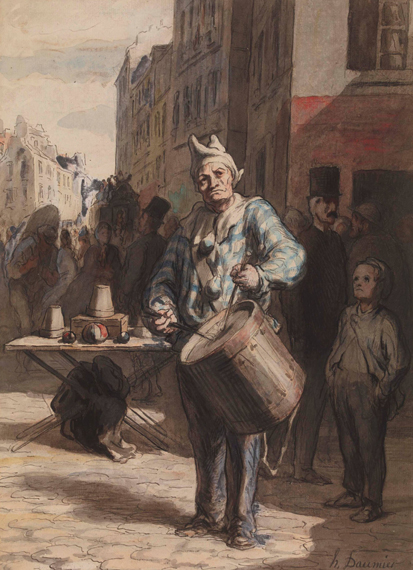
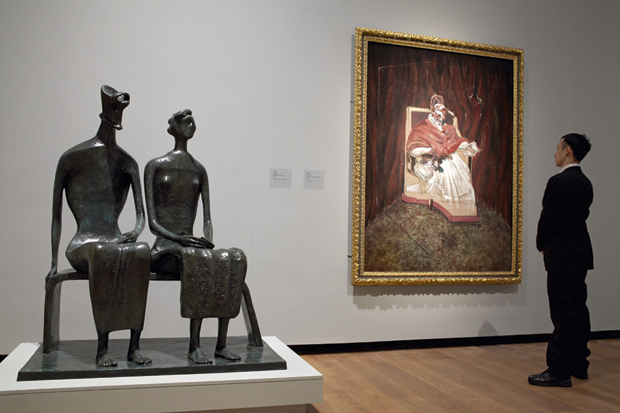






Comments
Don't miss out
Join the conversation with other Spectator Australia readers. Subscribe to leave a comment.
SUBSCRIBEAlready a subscriber? Log in